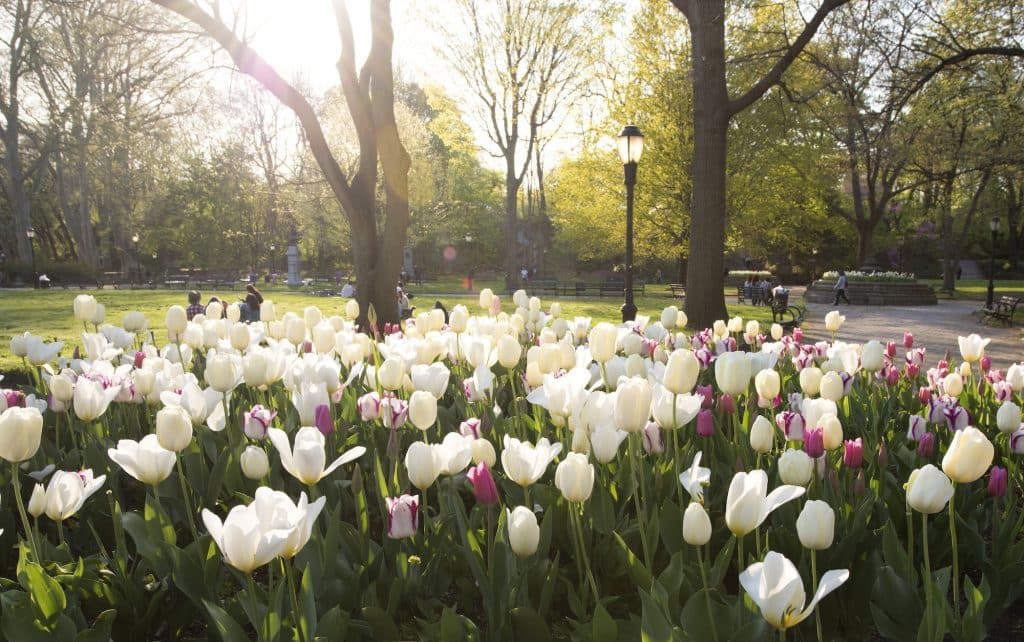Enjoy Fall Migration in Prospect Park
September 19, 2016
With more than 250 species of birds spotted in Prospect Park each year, bird watching is one of the more tranquil ways to enjoy the Park, and this month is the start of the peak season for fall migration. The Park’s location along the Atlantic Flyway led to its destination as an Important Bird Area by the National Audubon Society, and the creation of the Prospect Park Audubon Center, where the Prospect Park Alliance offers bird watching activities throughout the year, including walks led by the Brooklyn Bird Club.
With a pair of binoculars, a bird guide and an adventurous spirit, take a stroll through Prospect Park and try to spot the wide variety of southbound birds, such as the aptly named Yellow-Rumped Warbler (pictured above), which begins to migrate through Prospect Park in mid-September. Download the new Prospect Park App to take our bird watching challenge and see how many birds you can spot throughout the Park.
Alliance Supervising Educator Steven Wong, who organizes activities at the Audubon Center, recommends some of the top spots in the Park for bird watching, including Lookout Hill, the Peninsula, the Ravine and the Lake, and the Alliance visits many of these areas during its free bird watching walks.
“We offer nature walks on Thursdays and Fridays at the Audubon Center until the end of December,” said Wong. “We also offer an introduction to bird watching through out Pop-Up Audubon program, which runs on the weekends until the end of October, and one of themes this month is Radical Raptors. All of our programs are free and we provide binoculars and bird guides.”

